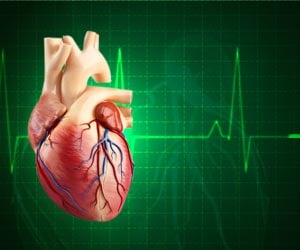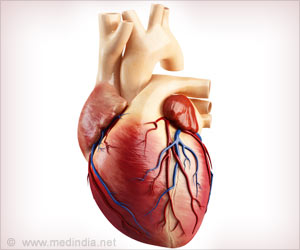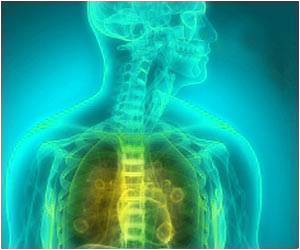People who carry excess abdominal fat around their midsection tend to face higher risks of heart disease compared to people who have fat elsewhere.

‘People who carry excess abdominal fat around their midsection tend to face higher risks of heart disease compared to people who have fat elsewhere.’





In general, the higher the fat content, the lower the attenuation, or fat density. "The study shows that an increase in the amount of stomach fat and a lower density fat is associated with worse heart disease risk factors -- even after accounting for how much weight was gained," said Caroline Fox, researcher at the National Heart Lung and Blood Institute -- a public research organisation in Maryland. Fox said the fat density results were particularly strong.
"Measuring fat density is a new measure that we are still working to understand and warrants further investigation. We used it as an indirect measure of fat quality and found that lower numbers were linked to greater heart disease risk," Fox added.
Fox and her team sought to determine whether there was a link between anatomical changes in belly fat -- both its volume (quantity) and density -- and changes in a broad array of cardiovascular disease risk factors during the average six-year study period.
They reviewed CT scans to assess how much abdominal fat had accumulated, its location and its density in 1,106 participants whose average age was 45 years and 44 percent were women.
Advertisement
Over the six-year follow-up period, participants had a 22 percent increase in fat just under the skin and a 45 percent increase in fat inside the abdominal cavity on average.
Advertisement
Even though increase in both types of fat were linked to new and worsening cardiovascular disease risk factors, the relationship was even more pronounced for fat inside the abdominal cavity compared to fat just under the skin.
In particular, individuals with greater increases in fat inside the abdominal cavity showed substantial increases in metabolic risk factors including high blood sugar, high triglycerides and low HDL, or good cholesterol, the researchers stated, in the paper published in the Journal of the American College of Cardiology.
Source-IANS














